
Circle Of Illumination: Definition, Motions, Terms & Revolution
We might have wondered how exactly night comes after a day or how the earth decides how many hours will be there in each. This is what the circle of…
Read more »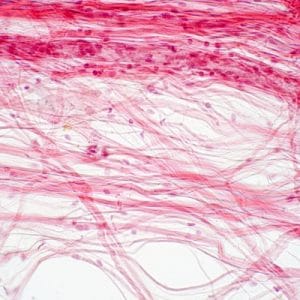
Areolar Tissue: Definition, Functions, Structure & Location
Cells are the structural and functional units that cover the entire human body. Instead of the cells having an individual structure, they are grouped into clusters. We call these clusters…
Read more »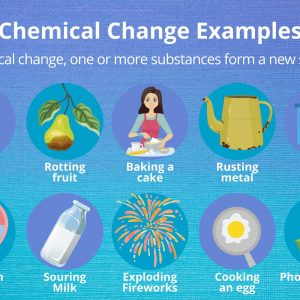
Combination Reaction: Definition, Examples & Exothermic In Nature
Substances combine chemically to create new substances. The new substances have properties completely different from the initial substances. The initial substances that undergo the reaction are called reactants. The reaction…
Read more »
Superposition Theorem: Definition, Explanations, Conditions & How To Apply
The superposition theorem is based on the superposition principle which is used to analyze networks in electrical circuits. It is essential because it operates in the process of converting any…
Read more »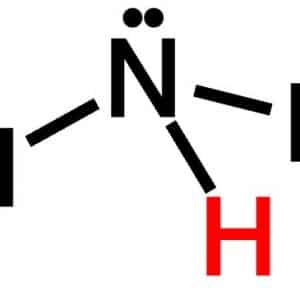
Ammonia – a Lewis Acid or a Lewis Base?
One of the fascinating substances to learn about is ammonia or NH3. It has a pleasant odor and emits a colorless, fire-resistant gas. One nitrogen atom and three hydrogen atoms…
Read more »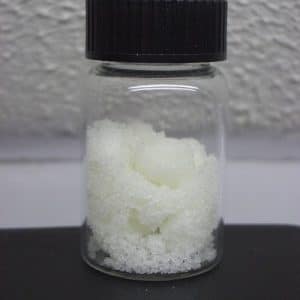
Sodium Nitrite: Chemical Formula, Structure, Characteristics & Synthesis
This article explains the formula for sodium nitrite. It is an inorganic compound that is an extremely unstable alkali metal nitride. To make it, atomic beams of nitrogen and sodium…
Read more »
How Many Legs Do Spiders Have?
Spiders are there all around us. However, they are not proper insects as we think them to be. They belong to the animal kingdom of Arachnida, while insects belong to…
Read more »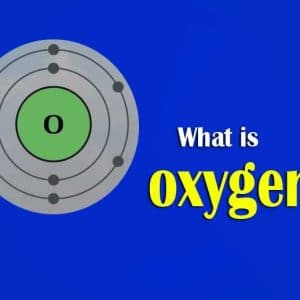
How To Find The Molar Mass Of a Molecule Of Oxygen (O2)?
Oxygen is one of the most abundant elements in the universe and is only next to nitrogen in the atmosphere. Knowing the molar mass of oxygen is very important. So,…
Read more »